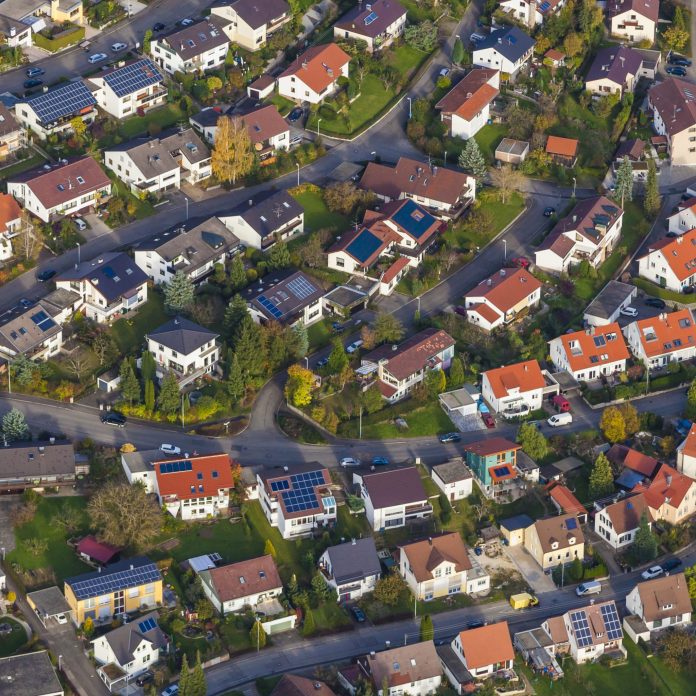New wireless router for field area networks for smart grid, smart city and other IoT applications.
Digital transformation is driving change in nearly all enterprise and industrial verticals including for power utilities, which are using internet of things devices to create smart grid infrastructure using automated intelligence to dynamically allocate resources and optimize power consumption. The perpetuation of smart grid technologies is also set to enable power utilities to keep pace with emerging trends including wind- and solar-based power generation and increasingly prevalent microgrids, which localize generation and tie into the larger power infrastructure.
To address this “high growth” area, Nokia demonstrated a new wireless router, the 7750 SAR-Hm, designed to connect IoT devices supporting IP/multiprotocol label switching services to LTE and 3G networks during the recent DistribuTech exhibition in San Diego, California. The field area network demonstration is also set to be put on later this month at Mobile World Congress in Barcelona, Spain.
The idea is to offer scalable, secure and reliable connectivity to smart grids as power utilities increasingly deploy intelligent field devices in support of automated management efforts. Centralized management at scale is said to lower operational costs, and support integration of new sources of power generation and distribution models.
Sri Reddy, head of the IP Routing and Packet Core Business Unit for Nokia, said the new solution will help utilities prepare for the imperative digital transformation process. “Power utilities worldwide are in the midst of a significant transformation as they gear up to meet new market forces, green environmental regulations and disruptive renewable energy technologies,” Reddy said in a statement. “Grid reliability, power quality and automation are all key areas that will require improved field area networks. We are excited to offer our utility customers wireless options for extending the proven, secure and reliable IP/MPLS services of our service router portfolio. This will not only allow them to modernize their field area operations with more automation and monitoring for improved grid reliability and power quality, it will position them well to maximize tomorrow’s opportunities.”
In Opelika, Alabama, Nokia worked with city leaders to install a fiber backbone, including the 7750 service router, to support municipal voice, video and data services. The smart grid portion of the project involves test meters, fault detection and grid automation among other features.
“Whenever we have a problem, whether someone knocks down a power pole or we have a piece of equipment that operates inefficiently, this will give us the opportunity to see it and respond more quickly,” said David Horton, director of Opelika Power Services. “It will enable us to become more efficient, get to a problem area faster, do switching without actually having to go to the scene and get people back on the grid in the shortest possible time. It allows us to be more proactive than reactive.” Click here to read more about the Nokia project in Opelika.
Energy demands were significantly less complicated when our aging infrastructure was put into place. Grids worked using a one-way interaction, and responding to energy demands created a labor-intensive management and operational process. The smart grid introduces two-way communication where electricity and information can be exchanged between the utility and its customers. New tools and technologies can start working together to make grid more efficient, reliable, secure and environmentally friendly. This communication between sources of power, power plants and homes allows renewable energy sources, with variable power production, to more efficiently be linked to a power source. Smart metering applies to energy, much like it does to water management, allowing customers and utilities the data insight to optimize usage. This allows engineers the ability to defer electricity usage away from peak hours and other sustainability efforts.
“A holistic, network-centric strategy can benefit utilities, which recognize how the industry is changing. A converged FAN approach leveraging IP/MPLS and LTE offers a future-proof, ubiquitous network with the capacity to handle new energy services, transactive energy models, DER integration and better customer engagement-in addition to more traditional smart grid and smart city applications,”Richelle Elberg, principal analyst, energy, at Navigant Research, said in a statement provided by Nokia.
To learn more about how enterprise and industrial IoT solutions are driving digital transformation in the power management, smart city and other important vertical markets, join RCR Wireless News and Enterprise IoT Insights in Austin, Texas, March 28 and 29 for the Enterprise IoT Summit.

